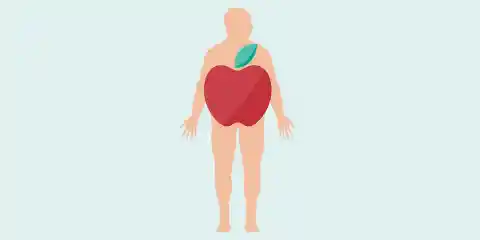

Metabolism is an important aspect of health, and metabolic disorders are a serious matter. Ranging from mild to severe, these issues can have a barely noticeable effect to a downright debilitating one. Often times, these are a result of an inherited defective gene resulting in health complications. Here are seven metabolic disorders you were likely not aware of.
Number Seven: The Metabolic Disorder Cystinosis
This metabolic disorder can result in dehydration, improper growth, kidney problems, eye problems, and even rickets in extreme cases. Kidney transplants and support therapy are among the treatment options available for cystinosis.
Number Six: Galactosemia and Metabolism
Another issue that can arise is galactosemia, which produces jaundice, liver problems, extreme fatigue, kidney disease, and a whole host of other dysfunctions. Treatment options include excluding galactose from your diet.
Number Five: Hunter Syndrome
Among the symptoms of Hunter syndrome are mental issues, enlarged liver, heart disease, and abnormal bones. Enzyme replacement therapy is a possible cure, though it’s still in the experimental phase.
Number Four: Homocystinuria
Mental retardation is a possible symptom of this issue. Osteoporosis, consistently flushed cheeks, a tall, thin frame, and psychological abnormalities often go hand and hand with homocystinuria as well. Treatment options include upping B vitamins and other diet changes.
Number Three: Morquio Syndrome
Coarse physical features, problematic corneas, spinal issues, and more are symptoms of this syndrome. Supportive therapy is available for sufferers.
Number Two: Pompe Disease
People with this disease often have diminished muscle development and an enlarged tongue. Heart failure is sadly common with this illness, and therapy options include supportive therapy and enzyme replacement treatment, which is still in the experimental phase.
Number One: Tay-Sachs Disease
This often results in neurological deterioration, and symptoms can include red spots on the eyes. Supportive therapy is available for patients who have this illness. Luckily, medicine is constantly advancing and providing promise for sufferers all over the world. If you have a history of metabolic issues in your family, it’s important to stay aware of the risks specific to your family tree. We hope you found this post informative, and thanks for reading.